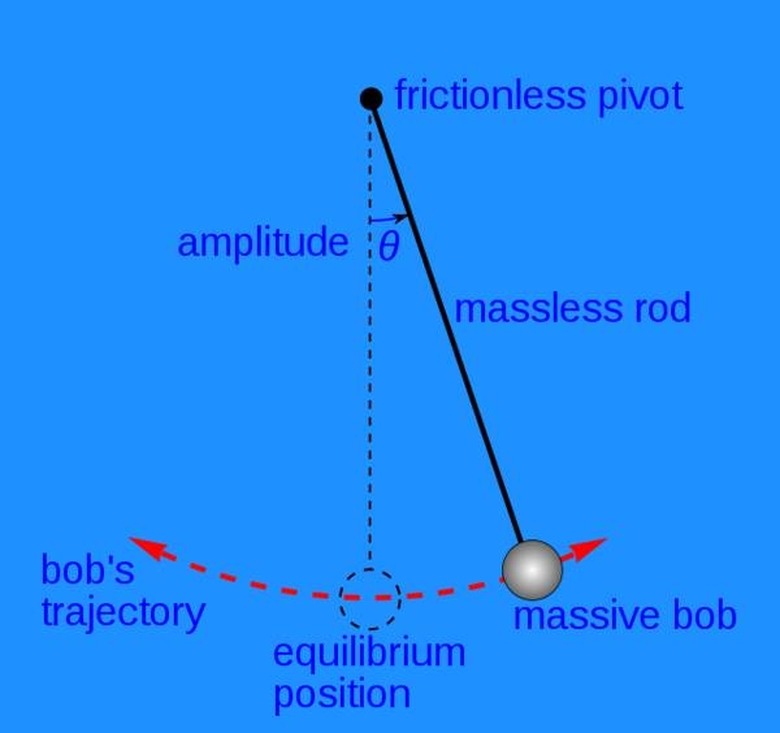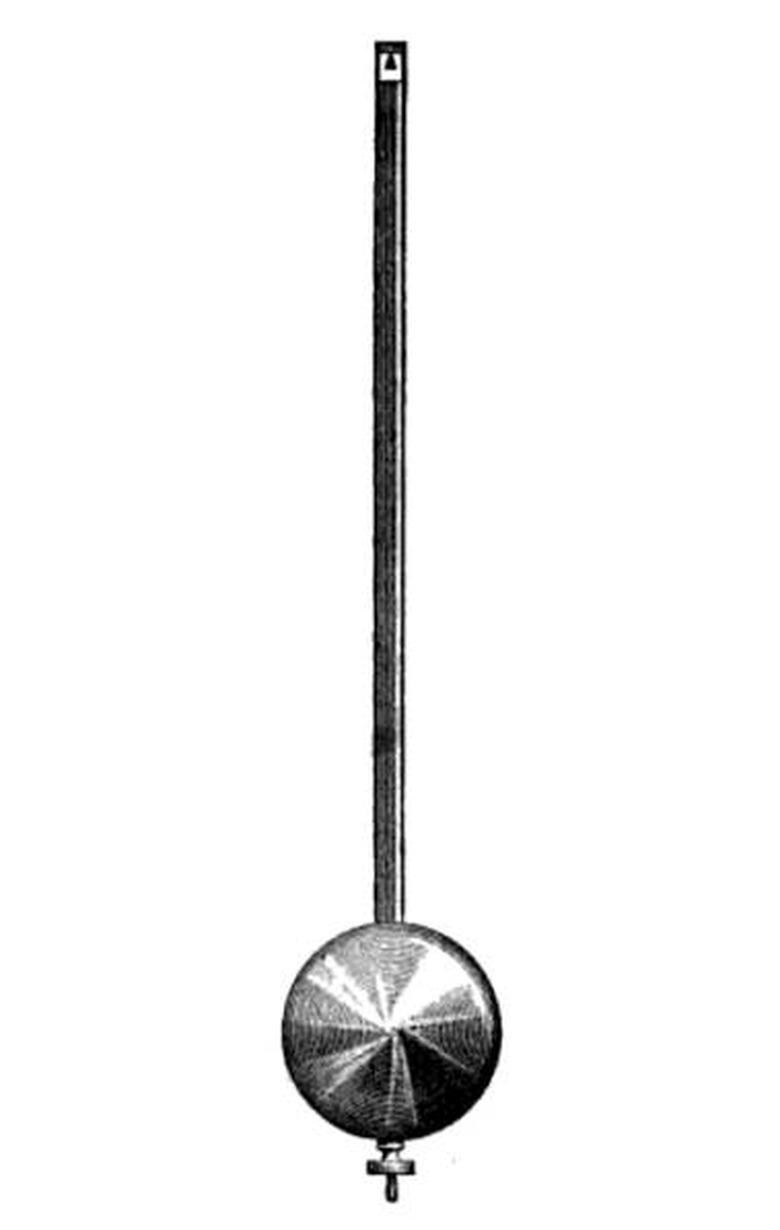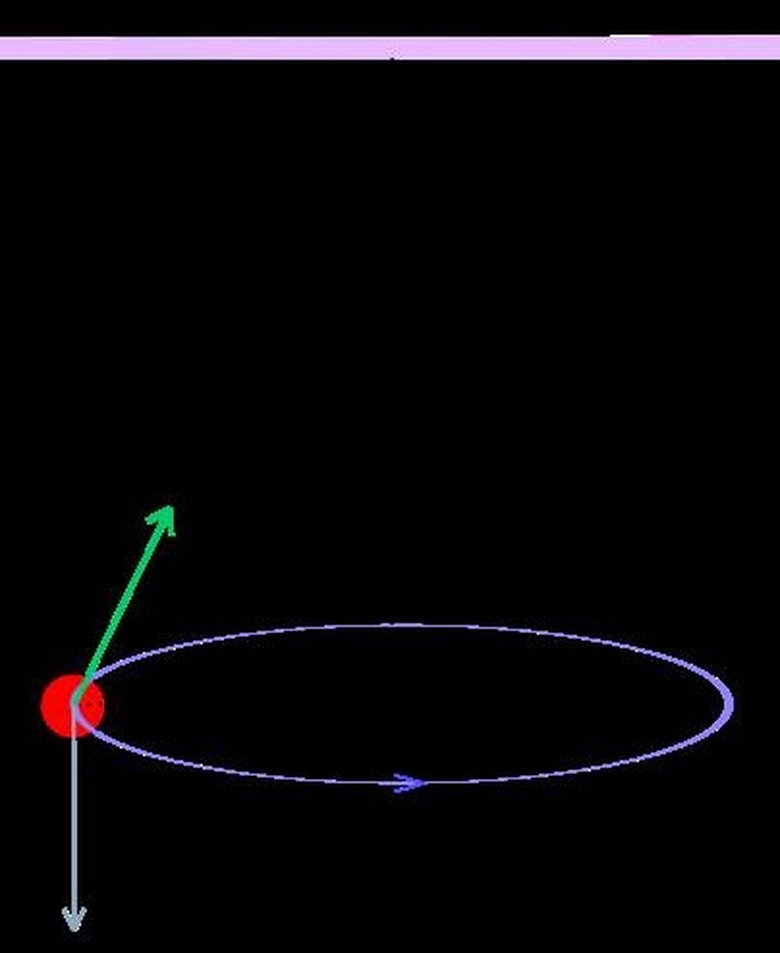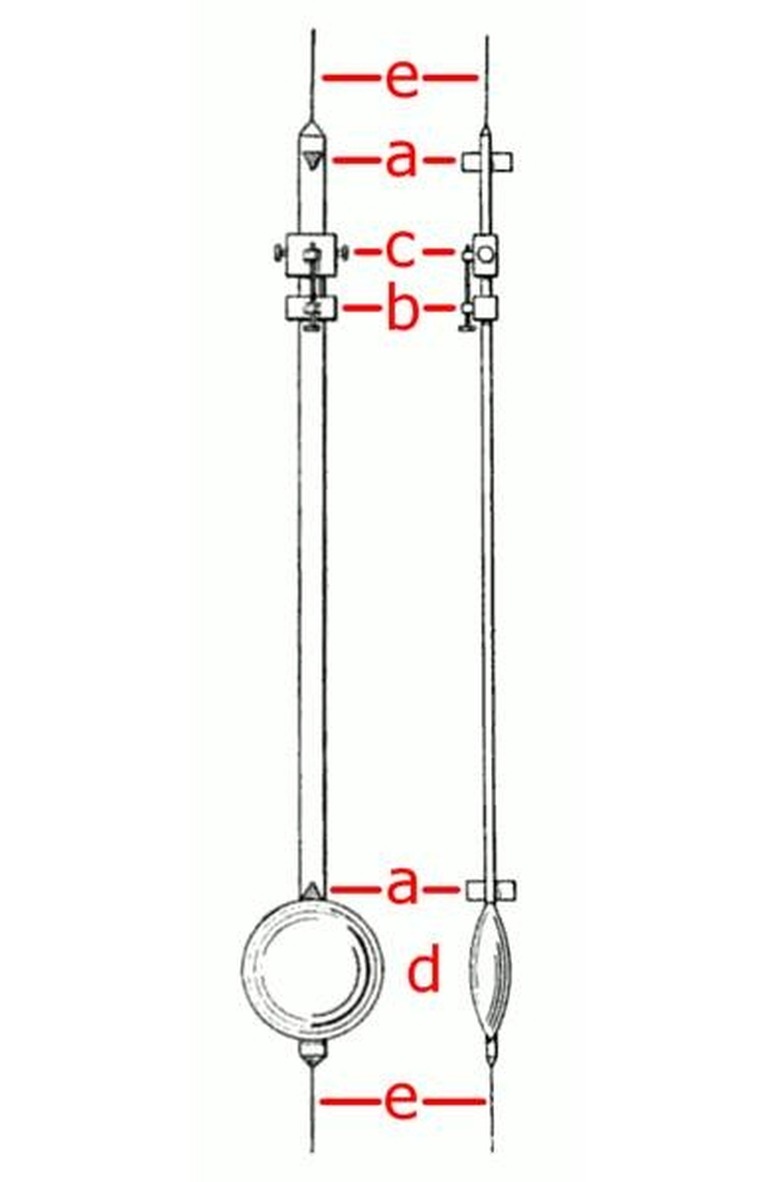History Of The Pendulum
A pendulum is an object or weight suspended from a pivot point. When a pendulum is set in motion, gravity causes a restoring force that will accelerate it toward the center point, resulting in a back and forth swinging motion. The word "pendulum" is new Latin, derived from the Latin "pendulus," which means "hanging." Pendulums were used in many historic scientific applications.
Early Seismometer Pendulum
Early Seismometer Pendulum
One of the earliest pendulums was a first century seismometer devised by Chinese scientist Zhang Heng. It swayed to activate a lever after earthquake tremors.
Galileo's Influence
Galileo's Influence
Around 1602, Galileo Galilei studied pendulum properties after watching a swinging lamp in the cathedral of Pisa's domed ceiling (see Resources).
First Pendulum Clock
First Pendulum Clock
Dutch scientist Christiaan Huygens built the first pendulum clock in 1656, increasing timekeeping accuracy from 15 minutes to 15 seconds per day.
Conical Pendulum
Conical Pendulum
Around 1666, Robert Hooke studied the conical pendulum and used the resulting motions of the device as a model to analyze the planets' orbital motions.
Kater's Pendulum
Kater's Pendulum
In 1818, Henry Kater devised the reversible Kater's pendulum to measure gravity, and it became the standard measurement for gravitational acceleration over the next century.
New Technologies
New Technologies
New technologies of the twentieth century replaced most pendulum devices, but their sporadic use continued into the 1970s.
Cite This Article
MLA
Taylor, Stacy. "History Of The Pendulum" sciencing.com, https://www.sciencing.com/history-pendulum-4965313/. 24 April 2017.
APA
Taylor, Stacy. (2017, April 24). History Of The Pendulum. sciencing.com. Retrieved from https://www.sciencing.com/history-pendulum-4965313/
Chicago
Taylor, Stacy. History Of The Pendulum last modified March 24, 2022. https://www.sciencing.com/history-pendulum-4965313/




